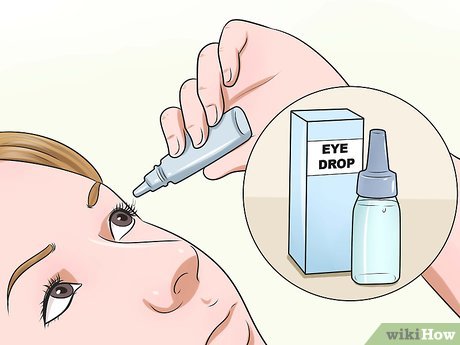
Symptoms of onjunctivitis include increased swelling, redness, and pain in the eye and eyelids. Some patients also experience fever or tenderness around the eye. If these symptoms persist for more than a few days, it’s likely that the infection has spread to the eye and may require more invasive treatment. If you suspect that you have onjunctivitis, be sure to consult with a doctor as soon as possible.
The first step in treating conjunctivitis is to determine what’s causing it. Most cases of viral conjunctivitis clear up on their own, but chronic infections are possible. While most viral infections are not serious, they can result in photophobia or diminished vision. Sometimes, tarsal conjunctivitis may lead to an uncomfortable discharge and even a membrane on the eyelid.
If the condition is severe enough, the doctor may recommend that you keep your child out of school, daycare, and summer camp. During this time, you should avoid sharing objects or tissues with people who may have conjunctivitis. Always wash your hands after touching your eyes, throw away used gauze, and wash your bedding with hot water. If your child’s conjunctivitis is not caused by an infection, it’s best to stay home until the discharge has cleared up.
Several factors contribute to conjunctivitis. The most common cause of bacterial conjunctivitis is Staphylococcus aureus. Some people are susceptible to both bacterial and viral conjunctivitis. These infectious agents often cause tearing, redness, and itching in the eyes. While there are many different types of onjunctivitis, these are the most common.
Gonococcal conjunctivitis is caused by the bacteria Neisseria gonorrhea. The infection can be transmitted through vaginal birth, but eye drops are given to prevent severe cases. Infections of the conjunctiva can lead to eyelid inflammation and redness and thick fluid leaking from the eyelids. Once the infection has been identified, it will require treatment with intravenous antibiotics.
Inflammatory conjunctivitis is most commonly caused by bacteria. A number of bacteria can cause it. Most common types are Staphylococcus aureus, Haemophilus influenzae, and Pseudomonas aeruginosa. It is also caused by allergens and irritants. Some people are more susceptible to bacterial conjunctivitis than others.
Bacterial conjunctivitis is caused by a variety of bacteria, but the most common types include Staphylococcus aureus, Pseudomonas aeruginosa, and Haemophilus syphilis. Other common causes of conjunctivitis include allergens and irritants. Some people are allergic to specific allergens, and their symptoms can range from itching and redness to eyelid swelling and pain to foreign body sensation.
Virus-related conjunctivitis is caused by a wide variety of bacteria, including Staphylococcus aureus. Other common types are Haemophilus influenzae, Pseudomonas aeruginosa, and Streptococcus pneumonia. In addition to bacteria, allergens and irritants can also cause conjunctivitis.
There are many other causes of conjunctivitis. Some can be contagious, such as herpes and SARS-CoV-2. Symptoms include watery, red, and painful eyes. The disease is caused by various bacteria, but is not contagious. Viruses and bacteria can also cause conjunctivitis. You should consult your doctor or website emeovat.com
if you suspect you have any type of bacterial or viral infection.
Infectious conjunctivitis can be an outbreak of infection or an acute case of eye irritation. Inflammation of the tear duct can also cause conjunctivitis. If you have this condition, you should not come into contact with someone who has the infection. However, you should seek medical attention for any infection. During the day, you should avoid touching your eyes with your hands.
Symptoms of conjunctivitis are varied. This may affect one eye or both. The discharge may contain pus or water. This may also be accompanied by matting of the eyelids. In some cases, conjunctivitis is not contagious and does not require medical attention. During an episode of conjunctivitis, you may experience no pain or feel a foreign body in your eye.
Some patients have no symptoms and the condition goes away on its own. However, if the condition is severe, you should consult a doctor. Symptoms of conjunctivitis caused by infection may vary, and you may consider using a drop of lubricant to reduce sticky or sore eyelids. Your doctor may also prescribe eye drops. If you experience these signs, you should avoid using lubricants if you have conjunctivitis caused by an infection.
Leave a Reply